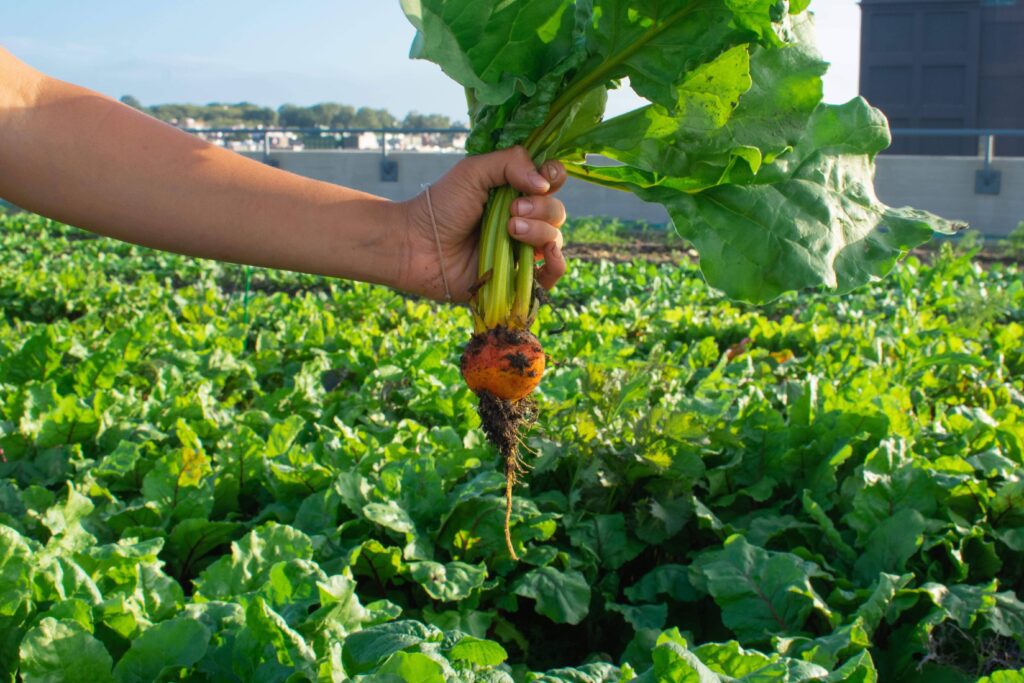
In the vast tapestry of human history, there exists a thread that weaves through the fabric of societies worldwide, a practice as old as civilization itself: subsistence agriculture. At its essence, subsistence agriculture represents a way of life deeply rooted in the symbiotic relationship between humans and the land they cultivate. It is the art of survival, the fundamental act of providing sustenance for oneself and one’s community. In this blog, we embark on a journey to unravel the intricacies of subsistence agriculture, exploring its significance, challenges, and enduring relevance in our modern world.
The Essence of Subsistence Agriculture
Subsistence agriculture is not merely a means of growing food; it embodies a profound connection to nature and a profound understanding of ecological systems. Unlike commercial farming, which prioritizes profit and efficiency, subsistence agriculture revolves around meeting the basic needs of a family or community. It involves cultivating crops, raising livestock, and sometimes gathering wild resources to sustain life.
In subsistence farming, every aspect of the process is intimately tied to the rhythms of nature. Farmers rely on traditional knowledge passed down through generations, observing seasonal patterns, understanding local climates, and nurturing the soil with care and reverence. It is a holistic approach that recognizes the interdependence of all living things.

The Significance of Subsistence Agriculture
The significance of subsistence agriculture extends far beyond mere sustenance. It is the cornerstone of food security for millions of people around the globe, especially in rural and marginalized communities. By producing food locally, subsistence farmers reduce dependence on external markets, ensuring resilience in the face of economic fluctuations and environmental crises.
Moreover, subsistence agriculture fosters self-reliance and community cohesion. It promotes sharing and mutual support within communities, as neighbors come together to labor collectively in the fields or share surplus harvests. This sense of solidarity strengthens social bonds and fosters a sense of belonging.

Challenges and Resilience
However, despite its importance, subsistence agriculture faces numerous challenges in the modern world. Rapid urbanization, land degradation, climate change, and unequal access to resources pose existential threats to traditional farming practices. Smallholder farmers often lack access to essential inputs such as seeds, fertilizers, and irrigation, further exacerbating their vulnerability.
Nevertheless, subsistence farmers have shown remarkable resilience in the face of adversity. They adapt age-old techniques to changing conditions, experimenting with drought-resistant crops, implementing agroforestry practices, and harnessing indigenous knowledge to sustain their livelihoods. In doing so, they embody the spirit of innovation and adaptation that is essential for survival in a rapidly changing world.

Preserving Cultural Heritage
Beyond its practical significance, subsistence agriculture is also a custodian of cultural heritage. It embodies traditional wisdom passed down through generations, reflecting the unique customs, rituals, and beliefs of diverse communities. From the terraced rice paddies of Southeast Asia to the nomadic herding traditions of Mongolia, each agricultural system tells a story of resilience, ingenuity, and cultural identity.
As we celebrate the rich tapestry of human diversity, it is crucial to recognize and preserve the cultural heritage embedded in subsistence agriculture. By supporting traditional farming practices and indigenous knowledge systems, we not only safeguard biological diversity but also honor the wisdom of our ancestors and empower future generations.

The Role of Technology and Innovation
In the quest for sustainability, technology and innovation have a vital role to play in enhancing the resilience of subsistence agriculture. From solar-powered irrigation systems to mobile-based weather forecasting apps, digital solutions offer new opportunities for smallholder farmers to improve productivity, mitigate risks, and access markets.
Moreover, agroecological approaches such as permaculture, organic farming, and regenerative agriculture offer holistic solutions that prioritize soil health, biodiversity, and ecosystem resilience. By harnessing the power of nature and working in harmony with natural systems, farmers can cultivate abundance while safeguarding the planet for future generations.

Conclusion
In conclusion, subsistence agriculture embodies the timeless wisdom of living in harmony with nature. It sustains communities, preserves cultural heritage, and nourishes the body and soul. As we confront the challenges of the 21st century, let us draw inspiration from the resilience and ingenuity of subsistence farmers around the world. By supporting sustainable farming practices, empowering smallholder farmers, and embracing innovation, we can cultivate a future where all people have access to nutritious food, thriving communities, and a healthy planet. In the tapestry of human existence, let subsistence agriculture be a thread of hope, resilience, and renewal.



